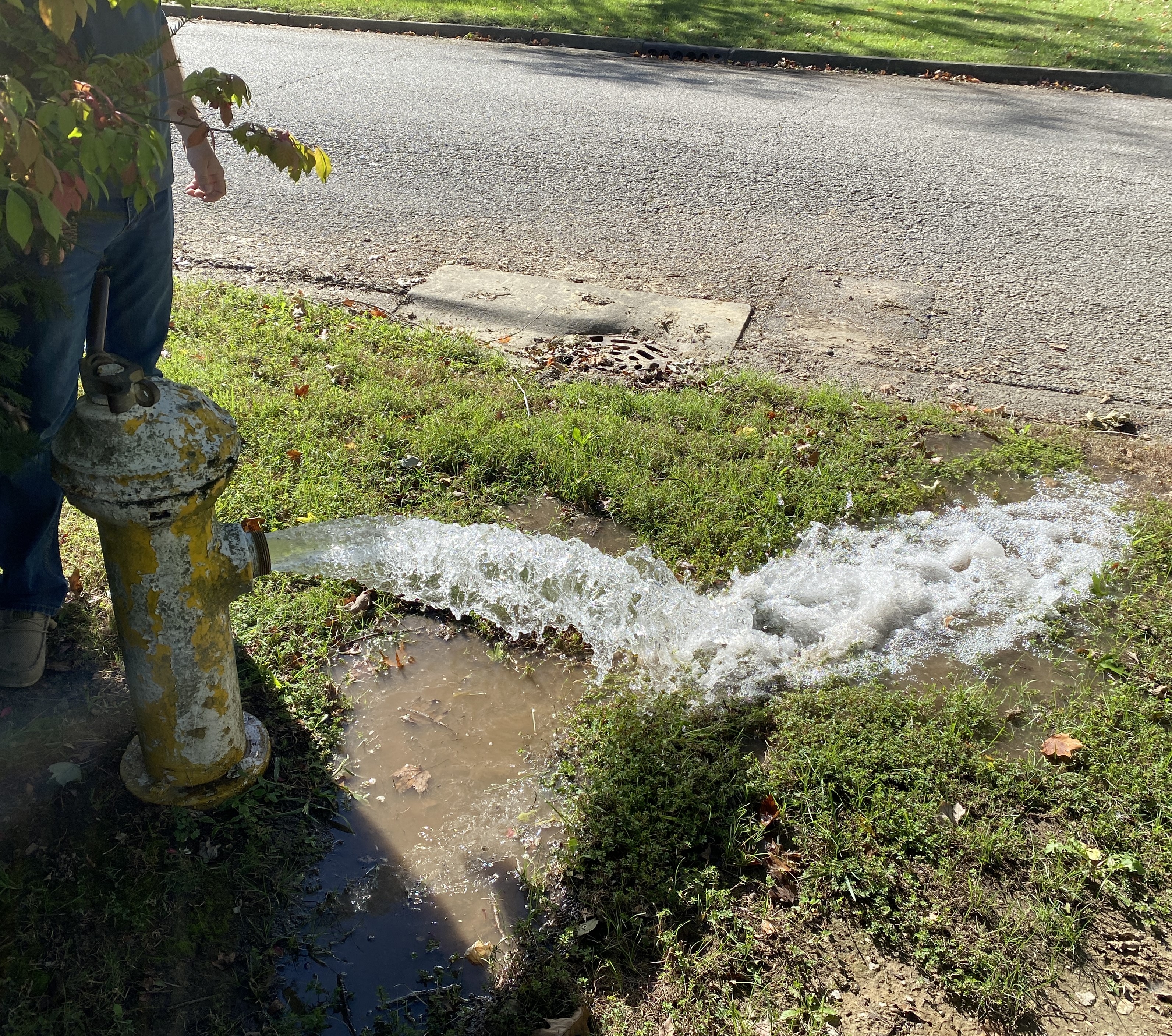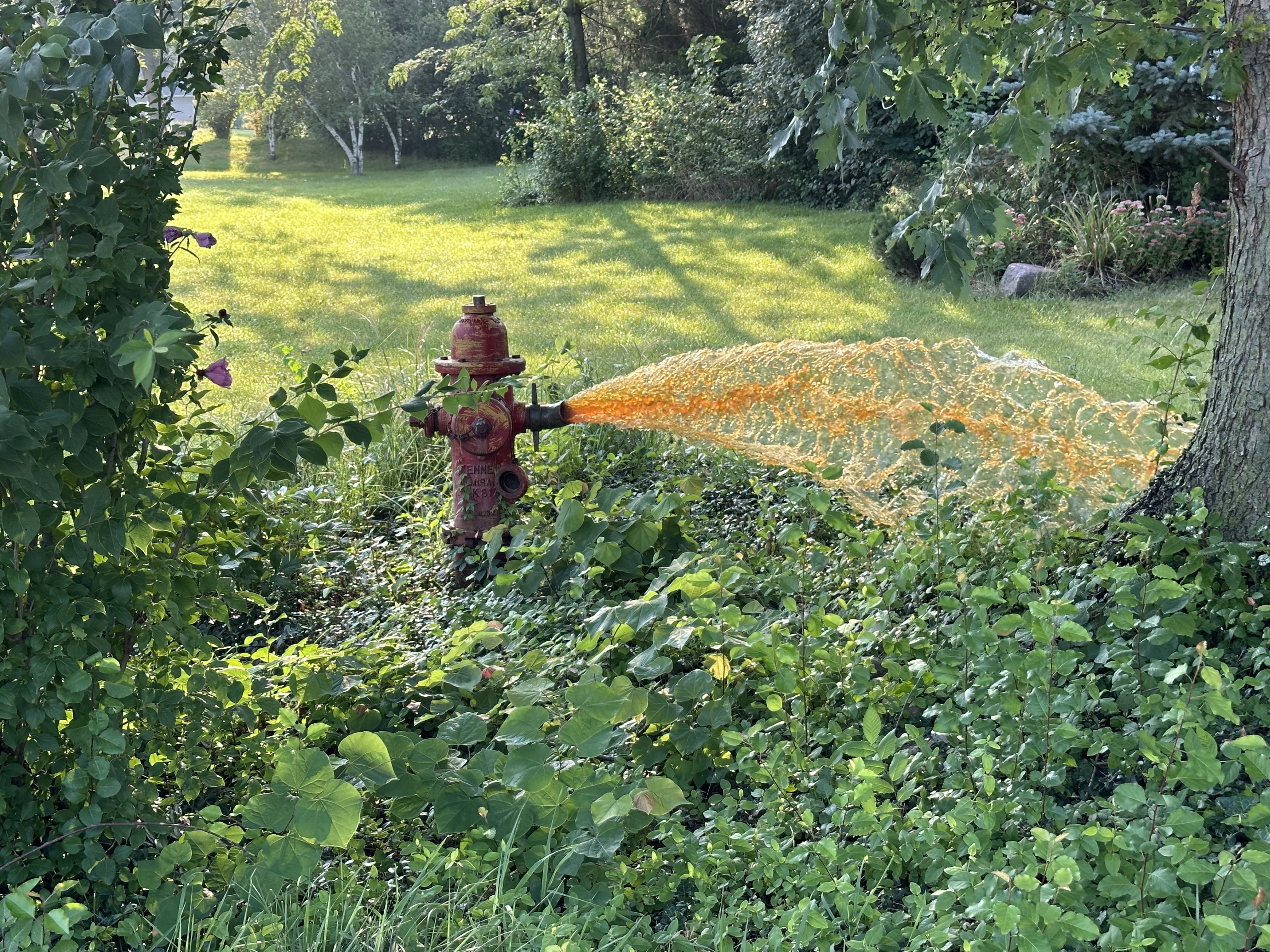What is a Boil Water Advisory (BWA)?

The State of Indiana is required to follow what "the U.S. EPA has set out in the Safe Drinking Water Act which establishes and enforces standards that public water systems (PWSs) must follow. A critical objective of a water system is to provide safe, affordable drinking water continuously. When a situation occurs during which the water is, or may likely become, contaminated with microbial pathogens (e.g., [Total Coliform bacteria], Giardia, Cryptosporidium, E. coli, and viruses), a PWS may voluntarily issue a boil water advisory (BWA) to better protect public health while the issues are being resolved. Contamination, or the potential for contamination, may be the result of several factors. These factors include source water contamination, lack of adequate treatment or treatment failures and failures of, or damage to, water system infrastructure such as water main breaks and leaks. BWAs may be needed for a single event or may be needed where identified contamination, or the potential for contamination, and vulnerability persists and remediation, such as capital improvements, are needed. A BWA is a voluntary protective public health measure that the water systems can take until contamination, or the potential for contamination, is corrected."
However, IDEM can require public water systems to issue a BWA in certain situations according to the Tier 1 Public Notification Rule (327 IAC 8); this rule refers to any other violation or situation which carries significant potential to have serious adverse effects on human health as a result of short-term exposure, as determined by IDEM. This means that during a loss of pressure event due to water main breaks and leaks, the public water system must issue a BWA to notify customers of the potential of contamination, the extent to which it affects their drinking water, and a timeframe for repairs and corrections.
Public Water Systems in need of issuing a Boil Water Advisory (BWA) may download a Boil Water Advisory Questionnaire [PDF]. This questionnaire contains the information required for the water utility to comply with the notification requirements of IDEM. Keep in mind that a copy of the Public Notification (PN) information sent to your customers will also need to be provided.
A Public Water System may download a template of a Boil Water Advisory [PDF]. You will need to fill it out and provide IDEM with a copy. You may choose to issue the advisory by several methods such as news media outlets, digital media like websites and Facebook, or you may hand-deliver a notice or door hanger to an isolated affected area. Please keep in mind that no single method is 100%, you may need several methods to ensure that reasonable effort has been made to reach most of your affected customers.
Public water supply utilities are to also have a workable Emergency Response Plan (ERP) to work from in case of water supply interruptions. ERPs are designed to provide a framework to activate emergency procedures in case there are planned and unplanned water outages or disruptions. BWA procedures should be included in any well-developed ERP.
IDEM has also developed guidance to public water supply systems on when to issue a BWA and what to do in case an advisory is needed. The IDEM Guidance to Flushing Public Water Systems [PDF] provides information to water utilities on the various scenarios of issuing a BWA, in addition to collecting Total Coliform samples after any disruption.
What is a Discolored Water Event?

The term “Discolored Water Event” describes a temporary event in which the water from your home faucets is something other than clear. In most cases, discolored water is due to mineral deposits that have accumulated in system piping which have stirred up and now discolors the water. A discolored water event can be something localized that happens when the flow of water suddenly changes in your home’s plumbing or service area, causing natural sediments inside the water pipes to mix again with the water and enter your home’s plumbing. This can happen due to a fire or other impacts that cause pressure variations or flow direction changes. Excessive natural iron or manganese deposits can settle in the piping and, over time, be disturbed causing discolored water. Incorrect chemical dosages can also lead to discolored water. Discolored water can be red, brown, yellow, greenish, or even pink! Discolored water is an issue that needs to be investigated.
You should work with your water utility directly when you are experiencing a discoloration in your drinking water. Water operators need to know what is going on in the distribution system to better understand how their drinking water plant is performing and what changes they make may impact over all water quality. Operators are open to learning about discolored water events because they can then deploy resources to address these issues.
While there is no single method to solve a discolored water event, water utilities have various tools to address them. The most common method is to flush the affected water main to direct the unwanted water out of the water line quickly without further dispersal. Water utilities may follow an annual or biannual system wide flush. This is the process to flush the whole system in a very specific way to direct the sediment in one direction and out of the system using "unidirectional flushing" of fire hydrants. Utilities develop a plan, notify their customers, and perform the flushing over several days or weeks. This distribution system management strategy helps avoid the accumulation of sediment in the water lines. Sediment such as iron and manganese, or even bits of iron piping can accumulate and move around the system over time. Dead end lines are particularly vulnerable to this phenomenon.
- Iron is a naturally occurring element, and the secondary standard in drinking water is 300 micrograms per liter (µg/L). One microgram is equivalent to one part per billion. Water with iron levels above 300 µg/L will become reddish-orange and deepen in color as the concentration rises. While there is no enforceable requirement on this concentration, water systems are advised that iron levels over 300 µg/L will cause water to be discolored and may generate complaints.
- Manganese is another naturally occurring element that is abundant in Indiana groundwater. The secondary standard for manganese is 50 µg/L. At this concentration the water may appear cloudy, milky colored, and form black particles which, in extreme cases, will turn the water black when disturbed but will settle out quickly. It can contribute to mineral deposits in pipes, cause difficulty with lathering, and darken or stain clothing during washing. Detergents do not remove these stains. Bleach and alkaline builders (such as sodium and carbonate) may even intensify the stains. The Environmental Protection Agency (U.S. EPA) has set a lifetime health advisory for manganese value at 300 µg/L and the secondary standard at 50 µg/L. These are non-enforceable standards that are in place to guide water systems to minimize problems with taste, color, and odor.
More Information
- Boil Water Advisory Questionnaire [PDF]
- Boil Water Advisory Template [PDF]
- Discolored Drinking Water Event [PDF]
- IDEM Guidance to Flushing Public Water Systems [PDF]
- National Occurrence and Causes of Boil Water Advisories in the United States Report to Congress [PDF]
- Contact the Drinking Water Branch
- Drinking Water Viewer - review sample results from your utility
- File an Environmental Complaint
